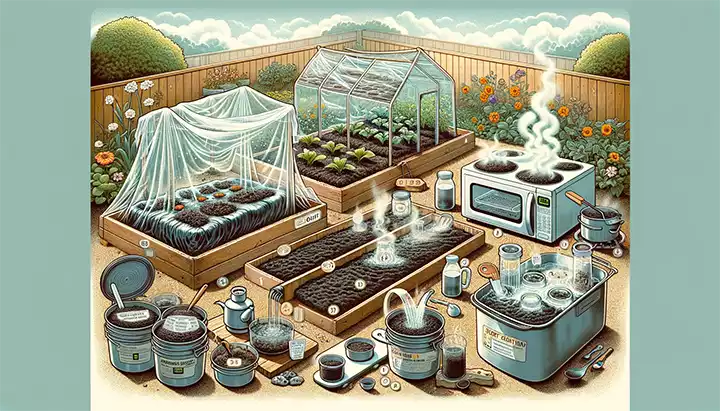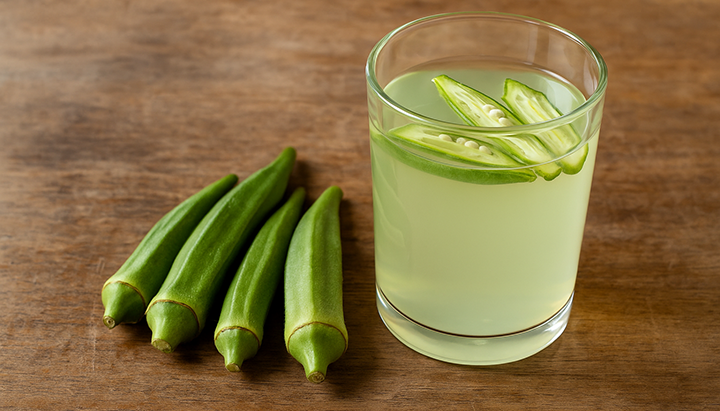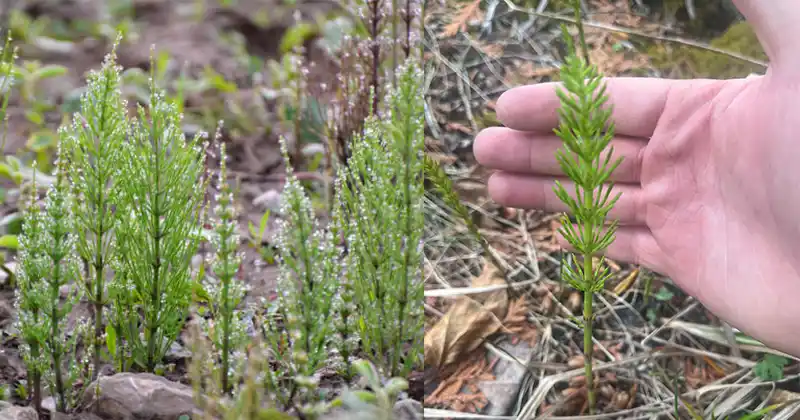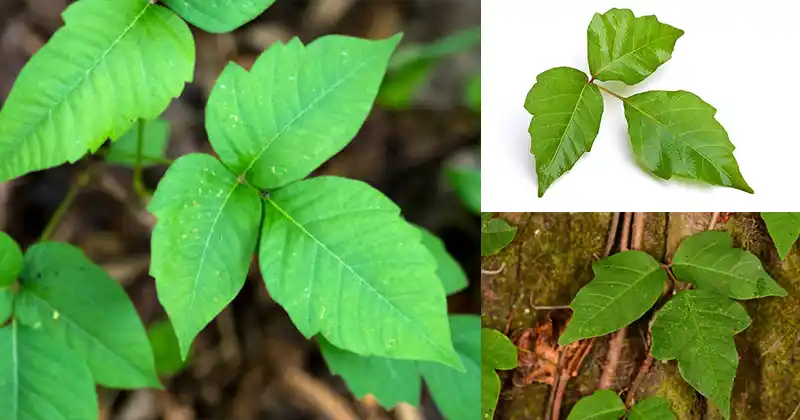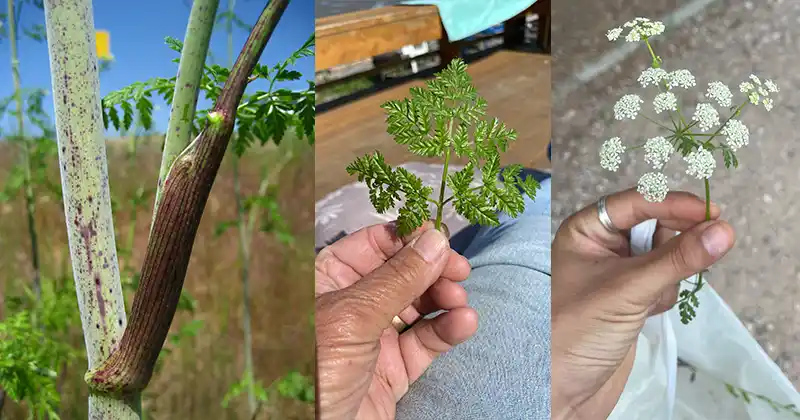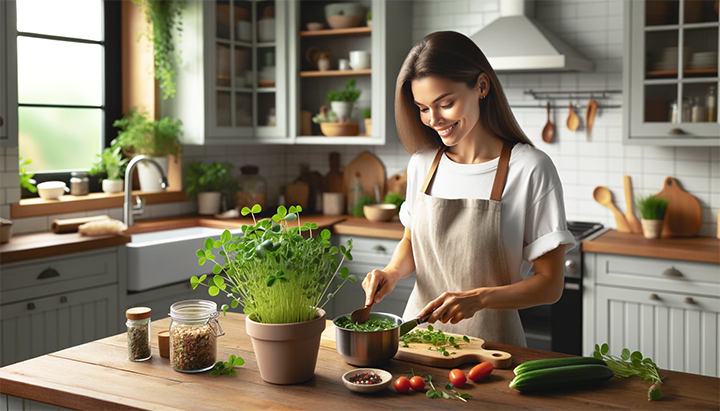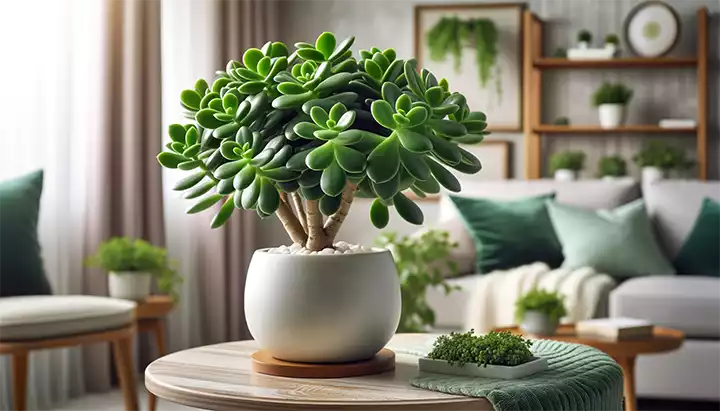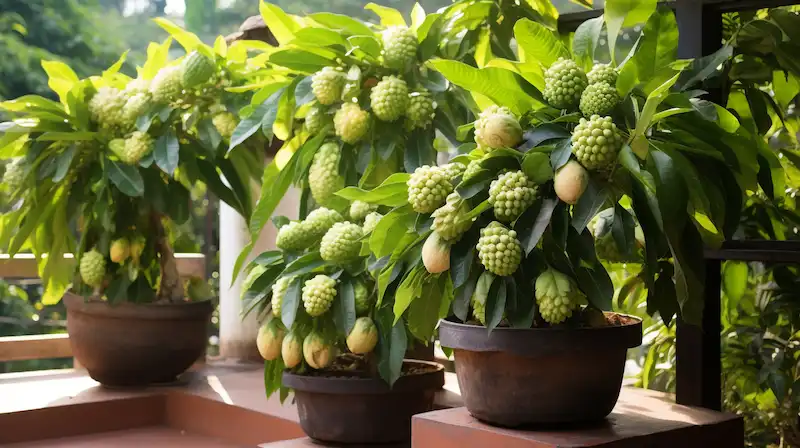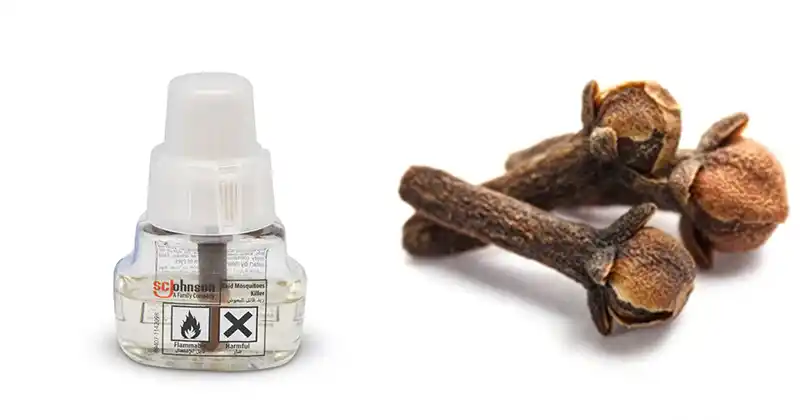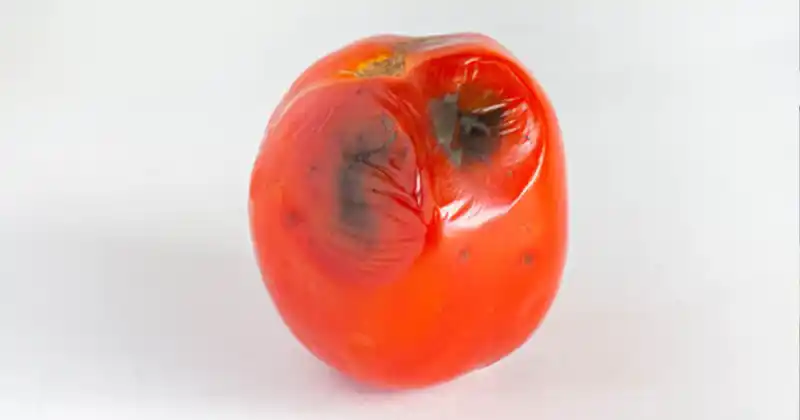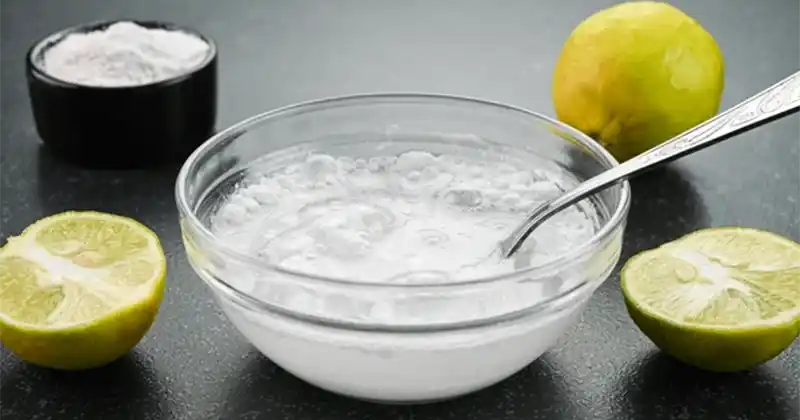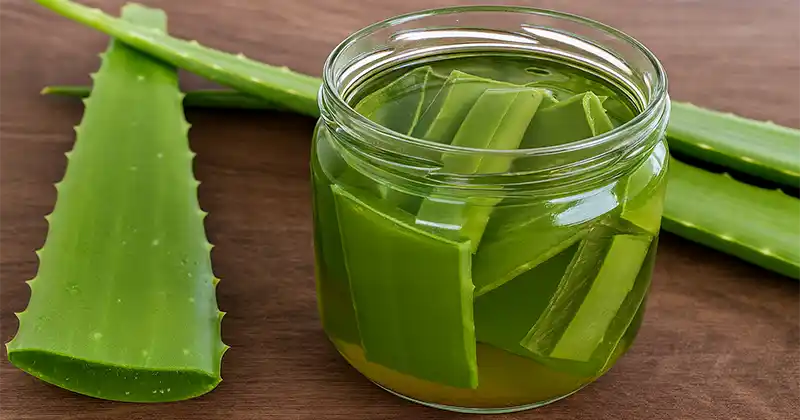Sterilizing your soil is a crucial step in preventing pests and diseases that can harm your plants. There are several effective methods you can use, depending on the amount of soil you need to sterilize and the resources available to you.
Solarization
Solarization is a great option for large garden beds. This method involves covering the soil with transparent or clear plastic to trap the sun’s rays, thereby heating the soil. It’s important to prepare the soil by raking away debris and irrigating well before covering. Anchor the plastic down tightly, possibly using a trench around the garden to eliminate air pockets. Solarization requires around 4-6 weeks of full sun exposure and is less likely to harm beneficial microbes. However, it may not be effective against certain heat-tolerant diseases and aggressive weeds.
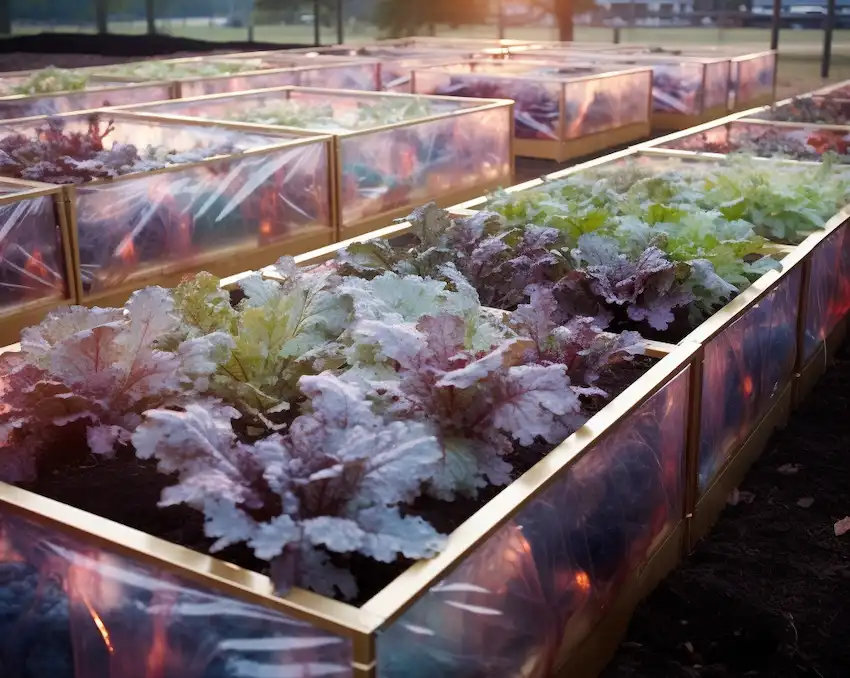
Oven Sterilization
For smaller amounts of soil, oven sterilization is a practical method. You can place the soil in an oven-safe container and bake it until it reaches an internal temperature of 180°F. It’s crucial not to exceed this temperature as it can release toxins. Once cooled, the soil is ready for use.
Microwave Sterilization
Microwaving soil is a quick way to sterilize small quantities. Fill a microwave-safe container with soil, cover it (leaving some ventilation holes), and microwave for around 90 to 150 seconds, ensuring the soil reaches 180 to 200 degrees Fahrenheit. Allow the soil to cool before using it.
Steam Sterilization
Steaming is another effective method. You can use a pressure cooker or a stovetop method with a saucepan. For the stovetop method, add a few inches of water to a large pan, place the soil in heat-proof containers covered with foil on a rack, and boil the water for 30 minutes. Allow the soil to cool before using it.
Boiling Water
This is a simple method for small batches of soil. Pour boiling water over the soil in a large bucket or heat-proof container, and stir to ensure every particle is moistened. Boiling water will kill any insects and many pathogens. For enhanced effectiveness, you can freeze the soil first for about five days before applying boiling water.
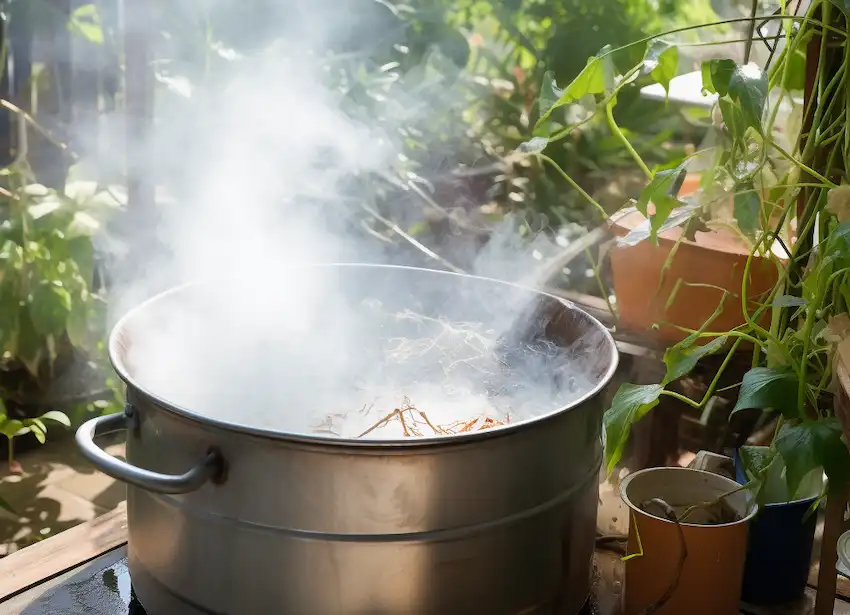

Grill or Barbecue
For small quantities of soil, you can use a gas grill or barbecue. Place the soil in a container, cover with foil, and heat it to the required temperature for about 30 minutes.
Each method has its pros and cons. Heat-based methods like oven, microwave, and steam are effective but can be time-consuming and are limited by the quantity of soil you can sterilize at once. Solarization, while less harmful to beneficial microbes, requires a significant amount of time and may not be as effective in cooler climates or shady areas.
Remember, it’s important to maintain the health of your soil. Over-sterilization can harm beneficial microbes essential for soil health. Use sterilization methods judiciously and aim to build healthy soil through organic matter addition and proper gardening practices.
